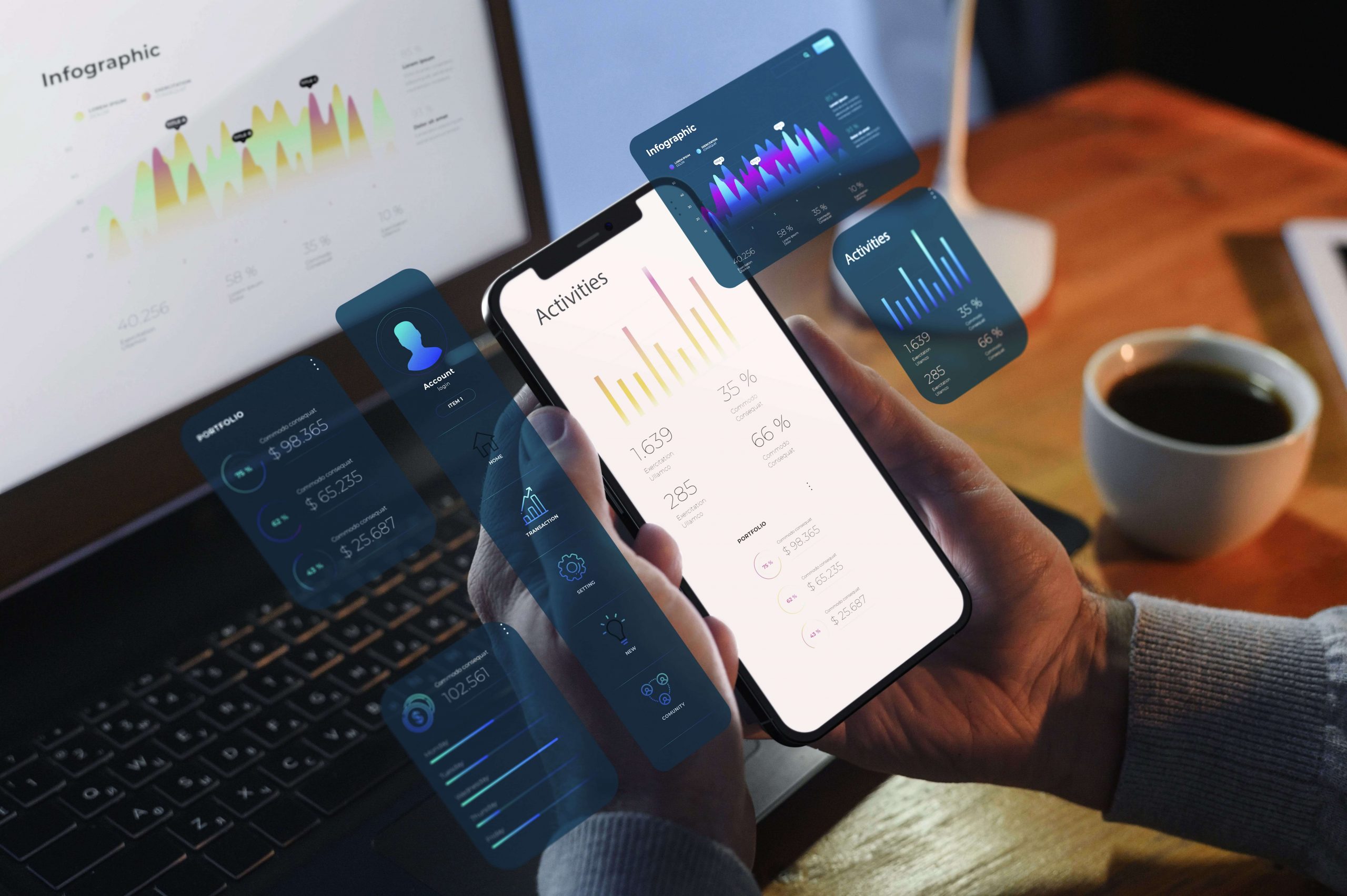Top Features To Look For In Recurring Revenue Management Tools
29 July 2025
5 Mins Read

- What Are Revenue Management Tools And Why Are They Important?
- How To Choose The Right Revenue Management Tools?
- 1. User-Friendly Interface
- 2. Flexible Billing Options
- 3. Comprehensive Reporting And Analytics
- 4. Seamless Integration
- 5. Automated Workflows
- 6. Scalability
- 7. Security And Compliance
- 8. Customer Support
- 9. Customization Options
- 10. Trial Periods And Demos
- 11. Cost Considerations
- Choose The Right Revenue Management Tools Today
Okay, so if you’re in the thick of running a subscription-based business, you already get that recurring revenue is awesome, but managing it? That’s a whole different story.
The back-end stuff, including billing, customer management, and tracking, can be a mess. That’s where these revenue management tools come in handy.
Or, well, they should be handy. It all depends on whether you can pick the right recurring revenue management software. Therefore, I am here to help you with the same.
I’ve messed with a few of these tools myself (some good, some that made me want to scream), and here’s what I think actually matters when you’re choosing one.
What Are Revenue Management Tools And Why Are They Important?
Revenue Management Tools help hotels manage their revenue tasks. These tasks may include handling data and setting prices.
Additionally, these tools can also manage inventory and generate reports.
Moreover, it uses pricing algorithms based on rules or analytics. These take both internal and external data into account to suggest or adjust prices and stay within restrictions.
In simple terms, a revenue management system provides data-driven recommendations, enabling hotel operators to sell the right room to the right guest at the optimal price.
Therefore, the revenue management tools help to maximise occupancy, total revenue, and profits.
How To Choose The Right Revenue Management Tools?
When you are about to choose he correct revenue management tools for your hotel or business, you need to look for the following features.
1. User-Friendly Interface
Honestly, if it looks like a cockpit, I’m out. You don’t need 18 tabs and weird dropdowns that bury basic stuff.
A good tool should be easy to use without needing a crash course or calling support every five minutes.
If you and your team can’t figure it out in, say, 15 minutes, it’s probably more of a burden than a solution.
2. Flexible Billing Options
Here’s the thing: customers aren’t all the same. Some prefer to pay monthly, while others opt for yearly payments. Then you’ve got discounts, trials, and coupon codes, which add up.
The tool should be able to handle all that without choking. If changing a plan or adding a promo takes more than a few clicks, you’re gonna run into headaches down the road.
3. Comprehensive Reporting And Analytics
If you’re flying blind, you’re asking for trouble. You need to know what’s working and what’s not. Makes sense?
Let’s say you have to check how many people are actually sticking around. Additionally, you will also keep an eye on where the revenue’s trending, or if churn’s creeping up.
The tool should show you this stuff in a way that makes sense. It should not be hidden under layers of charts you can’t read.
4. Seamless Integration
This is huge. You probably already use a CRM, some email software, and possibly QuickBooks or Stripe as well.
If the tool doesn’t talk to those, you’ll end up with way too many tabs open and way too much manual work. Good integration saves time—and your sanity.
5. Automated Workflows
Nobody wants to manually send billing reminders or follow up on failed payments. I’ve been there.
Automation takes care of that boring stuff—renewals, emails, all of it. If your tool can handle those touchpoints without you lifting a finger, that’s a massive win.
More time for actual business, less time babysitting payments.
6. Scalability
You’re not building this thing to stay small forever (hopefully). Therefore, always remember that the tool has to grow with you.
Moreover, in case the tool can’t grow with you, you’re setting yourself up for a big, messy migration later.
Ask yourself: Can it handle 1,000+ users? Can it support complex billing setups when introducing tiers or bundles? If not, skip it.
7. Security And Compliance
Boring? Maybe. But super important. You’re handling personal data, credit card info—stuff you really don’t want leaking.
Your revenue management tools should have encryption, secure payments, and any necessary compliance requirements (e.g., GDPR, PCI).
You don’t wait until there’s a problem to care about this one.
8. Customer Support
Stuff breaks. Or you’ll have a question at 9 PM and need an answer now. The worst is sending an email and waiting three days for a canned reply.
Look for tools that give you options—chat, email, even a real human on the phone. Bonus points if their help docs don’t sound like they were written by a robot.
9. Customization Options
No two businesses run the same. Perhaps you’d like to adjust the appearance of the dashboard. Maybe your billing flow’s a little weird (hey, no judgment).
The more you can customise—reports, branding, logic—the better it’s going to fit your setup. You don’t want to be boxed into their way of doing things.
10. Trial Periods And Demos
Please don’t buy anything blind. Play around with the free trial. Book the demo. Click all the buttons. It’s the only way you’ll see if it actually feels right.
Some tools look good on paper but are a nightmare to use. Others surprise you. You won’t know until you test drive it.
11. Cost Considerations
This one’s tricky. It’s not just about the sticker price. Sometimes cheaper tools cost you more in time and stress.
Still, ensure the price aligns with your budget. Additionally, you must also watch for hidden fees.
Moreover, you need to keep an eye on some services that sneak in extra charges for features like additional users or integrations.
Run the numbers and ask yourself if the value matches what you’re paying.
Choose The Right Revenue Management Tools Today
There’s no magic tool that fits everyone. What works for one business might be a total mismatch for another.
Take your time. Look past the buzzwords. Find the one that works for you, not just one with the longest feature list.
When you find the right one, it’ll take a bunch of stress off your plate—and help you keep that sweet recurring revenue flowing without all the friction.
READ MORE:



















Comments Are Closed For This Article